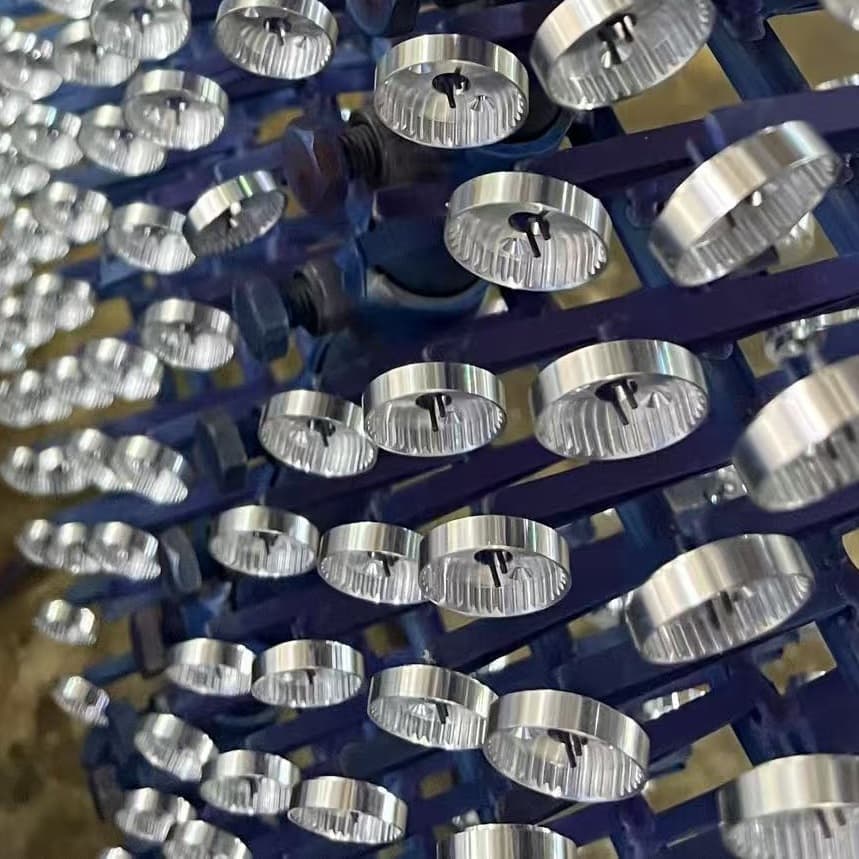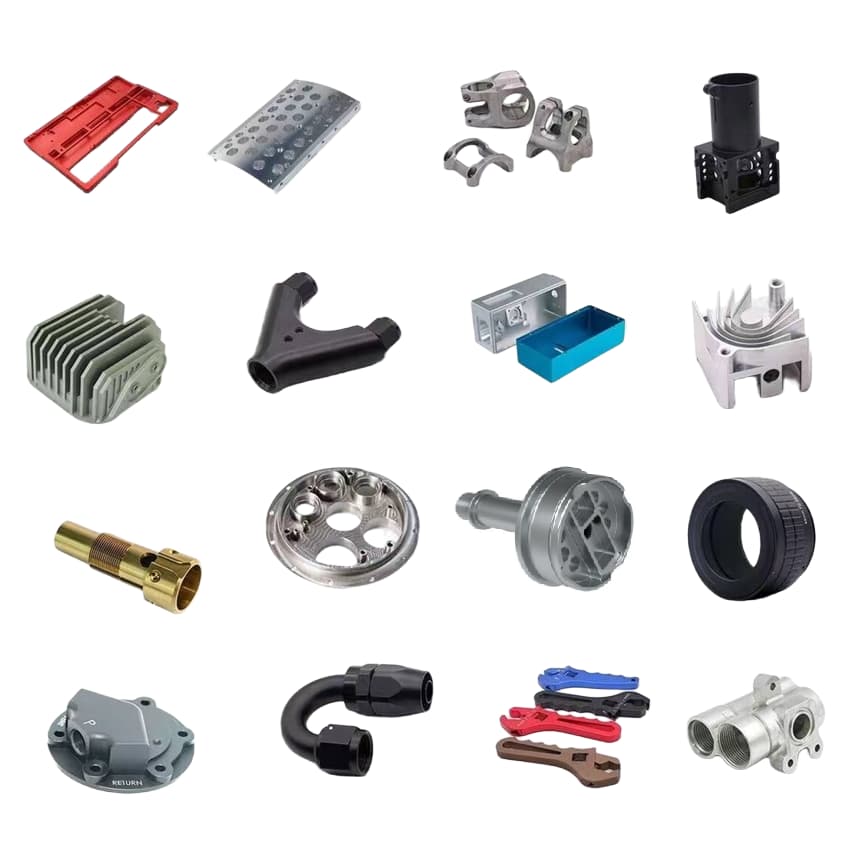I. Introduction
Aluminum is one of the most widely used materials in CNC machining — and for good reason. It’s lightweight, strong, corrosion-resistant, and highly machinable, making it ideal for everything from aerospace components to consumer electronics and medical housings.
But not all aluminum is created equal. With a wide range of aluminum alloys available, each with its own strengths, weaknesses, and ideal applications, selecting the right grade can be the difference between a successful product and costly redesigns. Two of the most recognized alloys in CNC machining — 6061 and 7075 — serve as perfect examples of how varied aluminum performance can be, especially when precision, strength, or surface quality is at stake.
In this article, we’ll guide you through the key aluminum alloys used in CNC machining, how to evaluate their properties, and what factors to consider when choosing the best alloy for your project. Whether you’re prototyping or scaling into production, understanding aluminum alloys is critical to achieving optimal results.


